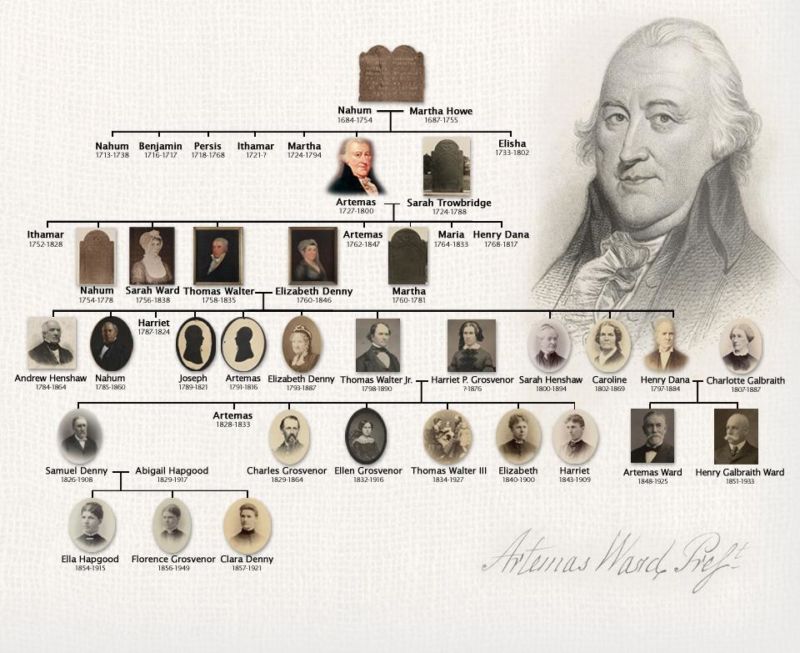Chances DNA can be used to find your family? 60 percent and rising
Ars Technica » Scientific Method 2018-10-11

Enlarge / Your family tree could be leaking personal information. (credit: Harvard University)
Earlier this year, news broke that police had devised an unexpected new method to crack cold cases. Rather than use a suspect's DNA to identify them, data from the DNA was used to search public repositories and identify an alleged killer's family members. From there, a bit of family tree building led to a limited number of suspects and the eventual identification of the person who was charged with the Golden State killings. In the months that followed, over a dozen other cases were reported to have been solved in the same manner.
The potential for this sort of analysis had been identified by biologists as early as 2014, but they viewed it as a privacy risk—there was potential for personal information from research subjects to leak out to the public via their DNA sequences. Now, a US-Israeli team of researchers have gone through and quantified the chances of someone being identified through public genealogy data. If you live in the US and are of European descent, odds are 60 percent that you can be identified via information that your relatives have made public.
ID, the family plan
Any two humans share identical versions of the vast majority of their DNA. But there are enough differences commonly scattered across the three billion or so bases of our genomes that it's now cheap and easy to determine which version of up to 700,000 differences people have. This screen forms the basis of personal DNA testing and genealogy services.